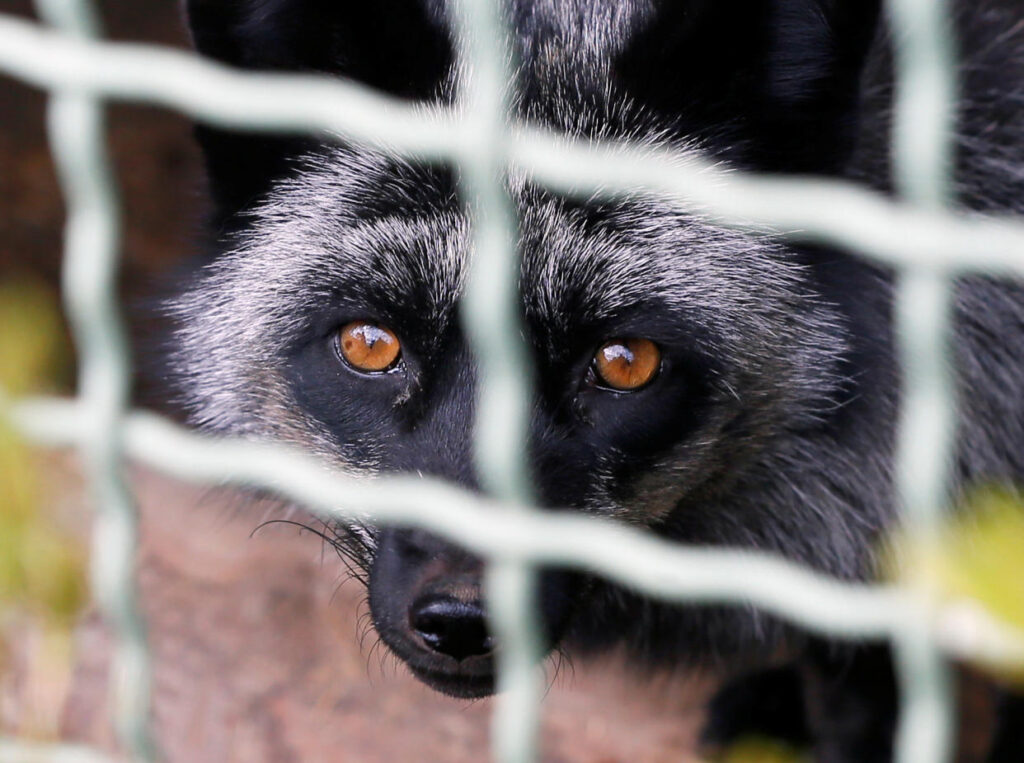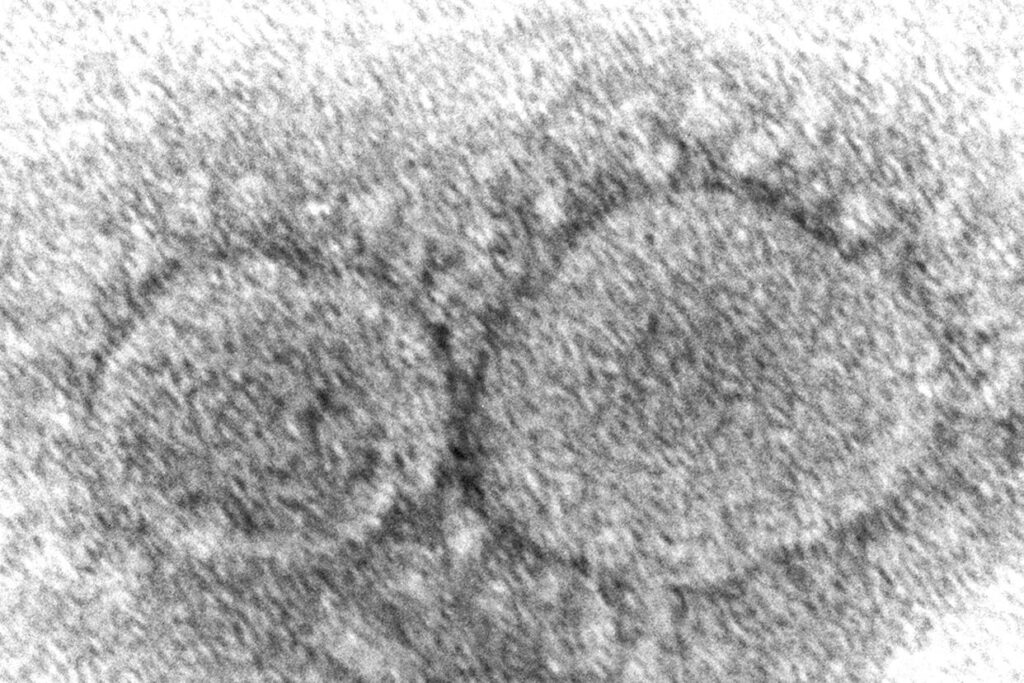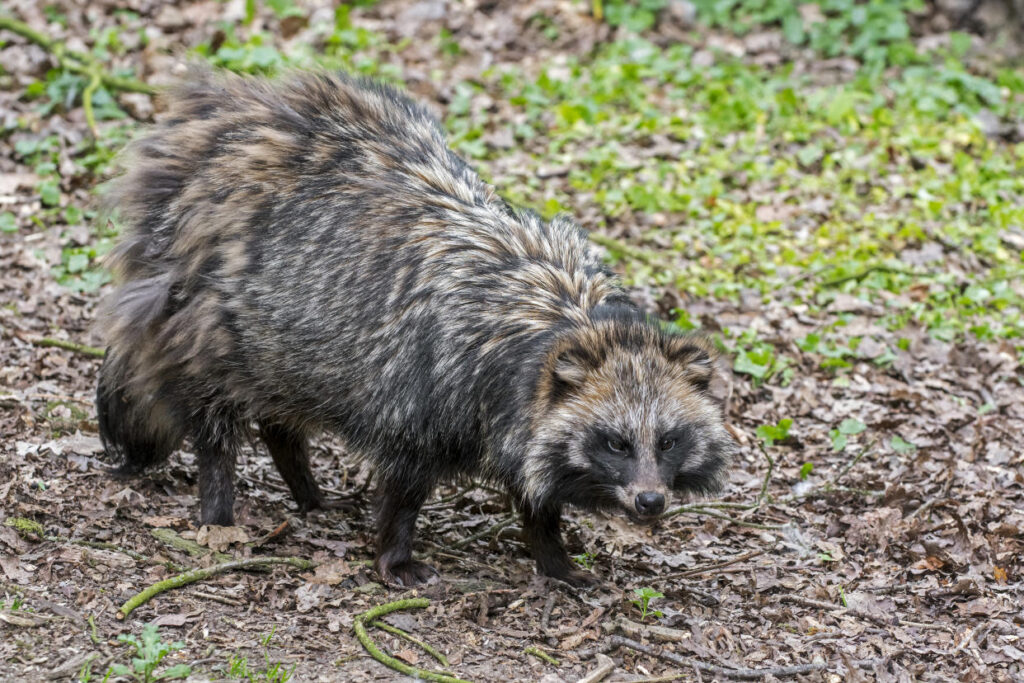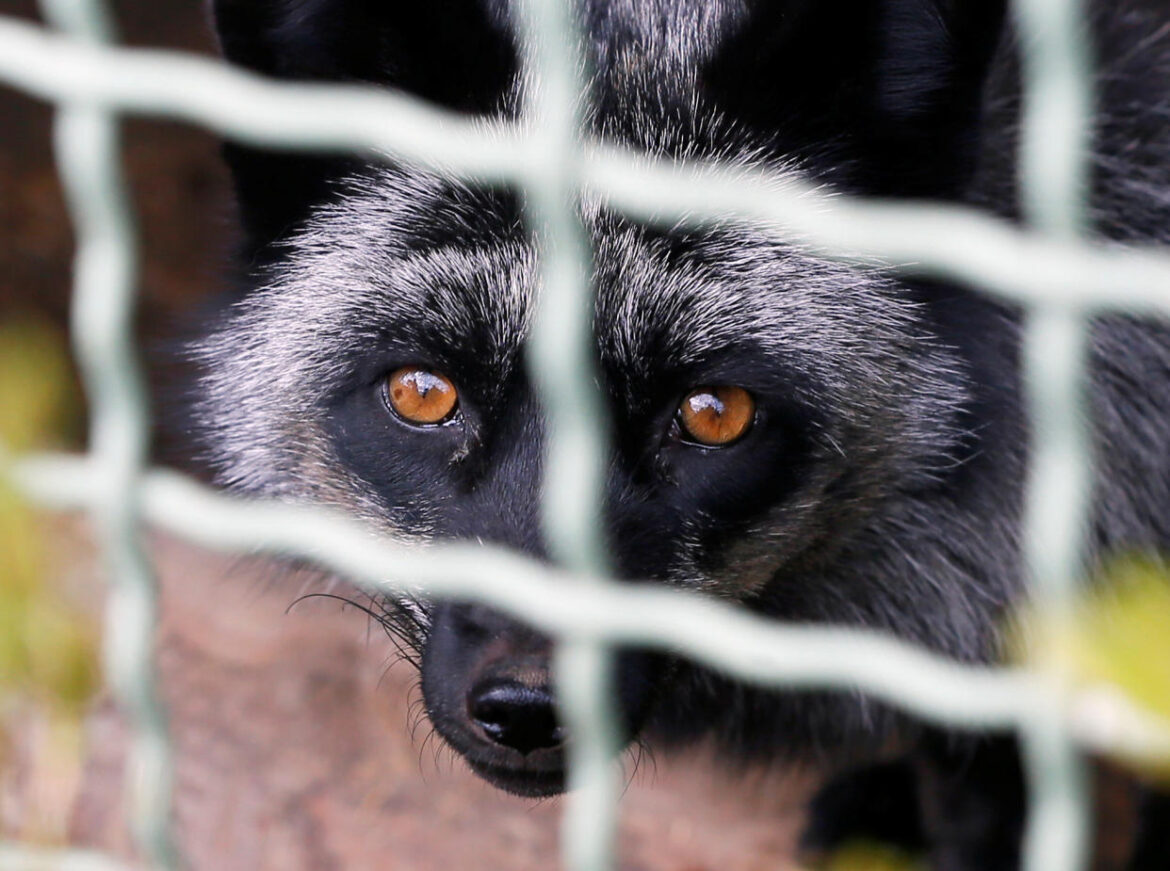
A new report suggesting that the coronavirus may have originated in raccoon dogs has energized scientists who have long argued that the pandemic began at a wildlife market in Wuhan, where the pathogen jumped from animals to humans.
But to the smaller faction of researchers who maintain that the coronavirus was the result of a laboratory accident, the raccoon dog findings — described in an Atlantic article published on Thursday — failed to produce convincing evidence of a natural origin that rules out human involvement.
“It speaks volumes that this weak and missing data is considered the strongest evidence for a market origin,” molecular biologist Alina Chan of the Broad Institute of MIT and Harvard told Yahoo News. A leading proponent of the lab origin hypothesis, Chan noted that “even the natural origin proponents analyzing this data have said it is not definitive and not direct evidence of infected raccoon dogs at the market.”
Anna Bross, a vice president for communications at The Atlantic, defended the much-discussed article. “The Atlantic’s report is careful to state what is now known and what isn’t,” she wrote to Yahoo News in an email. “We have reached out to many experts and are eager for the data to be made public; we will be continuing to report on this story as it develops.”
Recent disease outbreaks — including of HIV, Ebola and the bird flu — are believed to have had zoonotic origins, and most scientists still believe that the coronavirus began in a similar manner. But they have lacked definitive evidence to prove their case. So, for that matter, have proponents of the lab leak theory of origin.

The furious disagreement over how the coronavirus began is only likely to intensify as Congress continues to investigate the pandemic’s origins. Both of its chambers recently passed a bill demanding that President Biden declassify intelligence collected by U.S. agencies investigating the question. The White House has not yet said whether he will sign the measure.
“I’m optimistic that more evidence will be made public,” Chan said, “and proponents of either hypothesis can reevaluate their confidence at that time.”
For supporters of the market origin theory, however, the research described in the Atlantic is the most persuasive to date of a zoonotic, or animal, model to describe how the coronavirus entered the human population. Nearly 7 million people have died from COVID-19 since late 2019, when the first cases were reported.
According to the researchers, swabs taken at the Huanan Seafood Market in Wuhan—long suspected as the pandemic’s epicenter— show evidence of genetic material from raccoon dogs (animals that look like raccoons but are actually genetically closer to foxes) mixed with markers of SARS-CoV-2, as the coronavirus was initially known.
“Now we have definite proof that animals were there that could carry coronaviruses at the time of the outbreak,” said Peter Daszak, president of EcoHealth Alliance, a New York-based nonprofit that supported controversial virus research in Wuhan before the 2019 outbreak.
Daszak has backed the zoonotic hypothesis from the start of the pandemic. “To me,” Daszak said in a telephone interview, “it’s another piece of evidence that the market was where it began, not the lab.”

Still, mysteries abound. And given the uncertainties about the underlying data and research — neither of which has yet been made public — detractors of the market origin hypothesis charged that the raccoon dog evidence is an attempt to shift the narrative back to a once-prevalent hypothesis that has lost ground in recent months, as evidence (mostly circumstantial) pointed ever more strongly to human involvement.
“At least so far, I see this entire story as a media creation,” former National Security Council official Jamie Metzl told Yahoo News on Friday. He recently testified before Congress in favor of the lab leak hypothesis. “I have yet to see any evidence — or the suggestion of any evidence — that would or could prove that the virus passed from a raccoon dog, or any animal, to a human.”
With a headline billing the “Strongest Evidence Yet That an Animal Started the Pandemic,” the Atlantic article describes research being conducted by Kristian Andersen of Scripps Research Translational Institute, Michael Worobey of the University of Arizona and Edward Holmes of the University of Sydney. Although — as the article acknowledges — no conclusions have been published by the researchers or scrutinized by the scientific community at large, social media was rife with celebrations that the question of how the pandemic began had finally been put to rest.
The new findings “should settle the question” of how the pandemic started, Pulitzer Prize winning science writer Laurie Garrett wrote on Twitter. “But the lab leak proponents will never yield.”
Indeed, for some lab leak supporters, the raccoon dog revelations were little more than a sign of scientific desperation. “If this is the ‘Strongest Evidence Yet,’ then the lab leak hypothesis wins hands down,” said microbiologist Pat Fidopiastis of the California Polytechnic State University in San Luis Obispo.
Andersen, Worobey and Holmes have not made their work available to the public. None of them responded to Yahoo News requests for comment.

According to the Atlantic, the trio studied genetic material collected from market stalls by Chinese investigators in February 2020, weeks before the World Health Organization declared a pandemic. Earlier this month, a trove of previously unavailable data from those swabs was uploaded to an international database, GISAID, where it was promptly discovered by French evolutionary biologist Florence Débarre, who alerted colleagues around the world.
The data from the Huanan Seafood Market swabs apparently turned out to show DNA from raccoon dogs mixed with RNA from SARS-CoV-2. Several species had been previously suspected, including bats and pangolins, as the intermediaries responsible for infecting humans.
The raccoon dog is now the prime animal suspect.
“It’s exactly what you’d expect if the virus was emerging from an intermediate or multiple intermediate hosts in the market. I think ecologically, this is close to a closed case,” University of Chicago computational epidemiologist Sarah Cobey told the New York Times.
What the years-old swabs cannot reveal, though, is the sequence of events that created the genetic mashup that is now riveting — and dividing — scientists.
Raccoon dogs were already known to be susceptible to coronavirus. The far more difficult question is whether raccoon dogs could have served as the inadvertent vehicle for an entirely new pathogen. For that to be the case, a raccoon dog would have to have been infected with the new coronavirus before passing it on to an initial human host, thus establishing itself as the missing link in the chain of transmission.
So far, conclusive evidence for that two-step process simply does not exist.
“The viruses sampled at the market were the human outbreak virus,” Chan of the Broad Institute pointed out.

To make matters more complicated, the data in question disappeared from the GISAID database after it was accessed by Andersen and his colleagues. WHO Director-General Tedros Adhanom Ghebreyesus called on China to release the data pertaining to coronavirus origins.
Beijing has been highly reluctant to do so, denying altogether that the virus originated in China, whether in a market or a lab.
Even if the missing GISAID information is made public again, it will be impossible to say, in 2023, how the genetic data from raccoon dogs and the coronavirus came to share a sample from 2020.
The data uploaded to GISAID “doesn’t distinguish whether the virus in the wildlife stall was brought there by a raccoon dog or by a person infected due to the superspreading in the market,” Chan said. “It doesn’t even tell us if the raccoon dog was infected or if a surface contaminated by a sick person and the raccoon dog had been swabbed.”
Thousands of people moved through the market daily; by February 2020, at least some of them were shedding viral particles as they went from stall to stall. That some viral particles ended up in a cage where a raccoon dog was housed may be the expected outcome.
“The claim is that genetic data indicate that raccoon dogs may have been present at Huanan Seafood Market at some point prior to January 2020. The claim, even if taken at face value, adds little to the discussion,” Rutgers microbiologist Richard H. Ebright told Yahoo News in an email. “The data do not indicate that a raccoon dog was infected with SARS-CoV-2, much less that a raccoon dog was infected with SARS-CoV-2 and then transmitted SARS-CoV-2 to a human.”
Metzl was even more blunt. “There is a zero percent chance that the evidence released so far constitutes a smoking gun proving a market origin of the pandemic. Anyone suggesting that this is the case is engaging in fraud,” he told Yahoo News.
Animal intermediaries for human viruses can take years to find, and some believe that looking for the origins of the coronavirus is a fruitless exercise that does nothing to prepare the world for the next disease outbreak. Still, a recent poll found that 7 in 10 Americans want to know where and how the pandemic originated.
Once regarded as a conspiracy theory, the notion of a laboratory accident — the Wuhan Institute of Virology is the main suspect — has entered the mainstream. President Biden ordered American U.S. intelligence agencies to produce their own estimates of how the pandemic began.
American intelligence agencies remain divided, and largely uncertain, but evidence appears to have been building in favor of human involvement. Last month, the Wall Street Journal revealed that researchers with the Department of Energy’s high-level Z Division had grown more confident about a lab leak.

If the coronavirus did originate with raccoon dogs, there would likely be infected members of the species in the wild, since it is not plausible for a virus of such high transmissibility to have arisen at a single stall in Wuhan without leaving a trace of its origins.
“These researchers will need to go out into the wild and find a raccoon-dog specific CoV that has close enough overall genetic relatedness to SARS-CoV-2 to be a reasonable proximal ancestor,” Fidopiastis of Cal Poly told Yahoo News.
Chinese authorities have denied a market origin as steadfastly as they have a lab leak. Last year, researchers with the Chinese Academy of Sciences and the Chinese Center for Disease Control and Prevention, as well as other institutions, ruled out the possibility that the coronavirus jumped from raccoon dogs or 17 other species sold in Wuhan. Using data from the swabs conducted in 2020 — the same data that appeared briefly on GISAID earlier this month and caught Débarre’s attention — the Chinese group asserted that “no animal host of SARS-CoV-2 can be deduced” and that the Huanan market was “an amplifier,” but not the origin, of the coronavirus.
The lead author of that paper was George Gao, the former head of the Chinese CDC. Gao told the publication Science that the findings touted in the Atlantic represented “nothing new.”
Still others believe that the research is a valuable step, even if definitive assertions are premature. “These data do not provide a definitive answer to how the pandemic began,” Tedros of the WHO said on Friday. “But every piece of data is important to moving us closer to that answer.”

